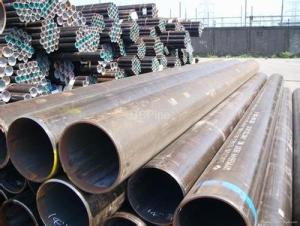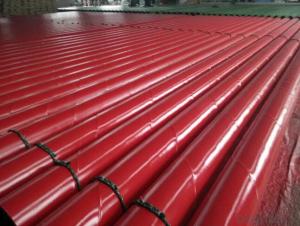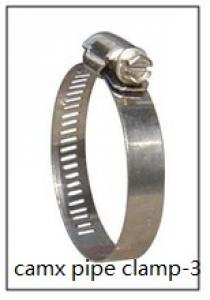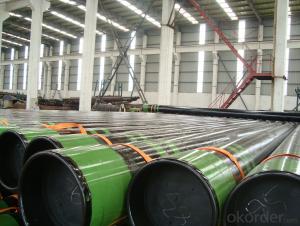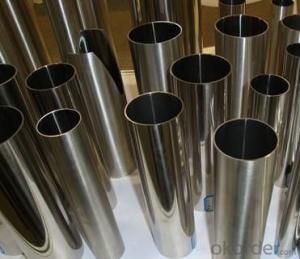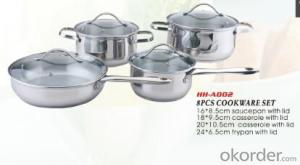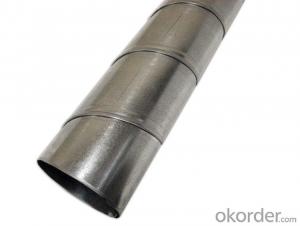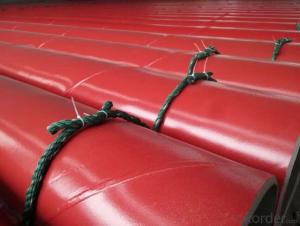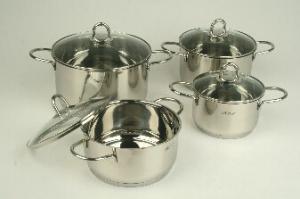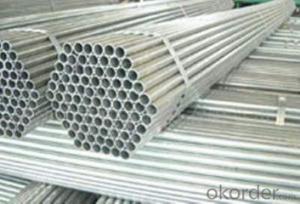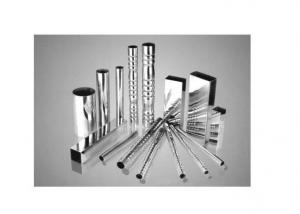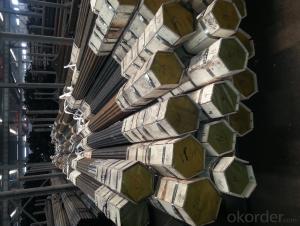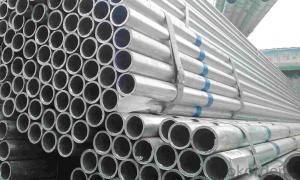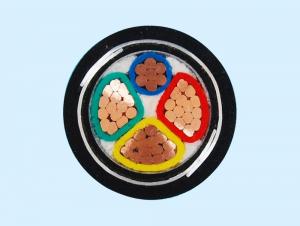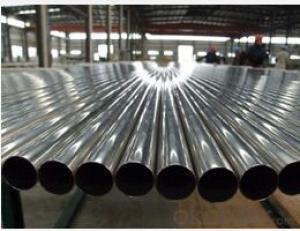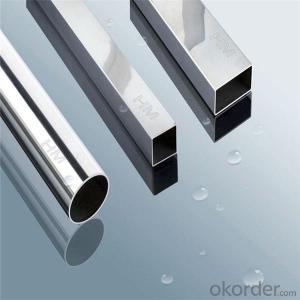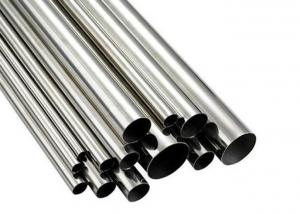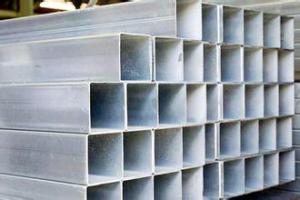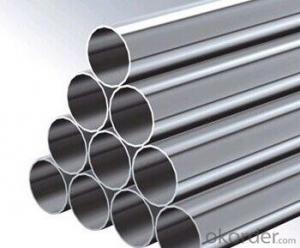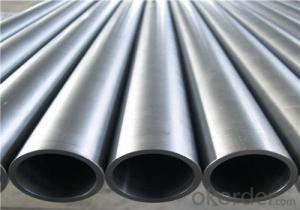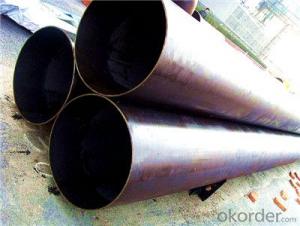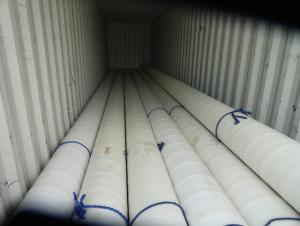2 Inch Stainless Steel Pipe
2 Inch Stainless Steel Pipe Related Searches
2 Stainless Steel Pipe 1 2 Stainless Steel Pipe 1 2 Inch Stainless Steel Tubing 1 1 2 Stainless Steel Pipe 2 Stainless Steel Tubing 1 Inch Stainless Steel Pipe 4 Inch Stainless Steel Pipe 3 Inch Stainless Steel Pipe 1 2 Stainless Steel Tubing Stainless Steel Pipes Stainless Steel Piping 1 Stainless Steel Pipe 4 Stainless Steel Pipe 3 Stainless Steel Pipe 3in Stainless Steel Pipe 2 1 2 Cast Iron Pipe Stainless Steel Threaded Pipe 6 Stainless Steel Pipe Stainless Steel Chimney Pipe Stainless Steel Flue Pipe Stainless Steel Smoker Pipe Stainless Steel Screen Pipe 3 4 Stainless Steel Pipe Pipe Stainless 3/4 In Stainless Steel Pipe 1 Inch Stainless Steel Tubing Stainless Steel Pipe Fitting Stainless Steel 1/2 Tubing Stainless Steel Pipe Dimensions Stainless Steel Pipe Flange2 Inch Stainless Steel Pipe Supplier & Manufacturer from China
The 2 Inch Stainless Steel Pipe is a popular choice among construction and industrial professionals due to its durability and corrosion resistance. Made from high-quality stainless steel, this pipe is designed to withstand a variety of harsh conditions and environments. Its robust construction and smooth interior make it ideal for a wide range of applications, including fluid transportation, gas lines, and structural support in various industries. The versatility of the 2 Inch Stainless Steel Pipe makes it a go-to option for many professionals who require a reliable and long-lasting solution for their projects.The 2 Inch Stainless Steel Pipe is widely used in various sectors such as oil and gas, chemical processing, food and beverage, and pharmaceutical industries. Its ability to resist corrosion and maintain structural integrity under pressure makes it a preferred choice for applications where safety and efficiency are paramount. Additionally, the pipe's smooth interior surface reduces friction, which in turn minimizes pressure loss and enhances the flow of fluids. This feature is particularly beneficial in applications where maintaining optimal flow rates is crucial, such as in water supply systems or industrial processes that rely on precise fluid control.
As a leading wholesale supplier, Okorder.com offers a comprehensive inventory of 2 Inch Stainless Steel Pipe, ensuring that customers have access to the products they need for their projects. With a commitment to quality and customer satisfaction, Okorder.com provides competitive pricing and reliable service, making it a trusted source for businesses and individuals alike. By maintaining a large inventory, Okorder.com is able to cater to the diverse needs of its customers, ensuring that they can find the right 2 Inch Stainless Steel Pipe for their specific requirements.
Hot Products
